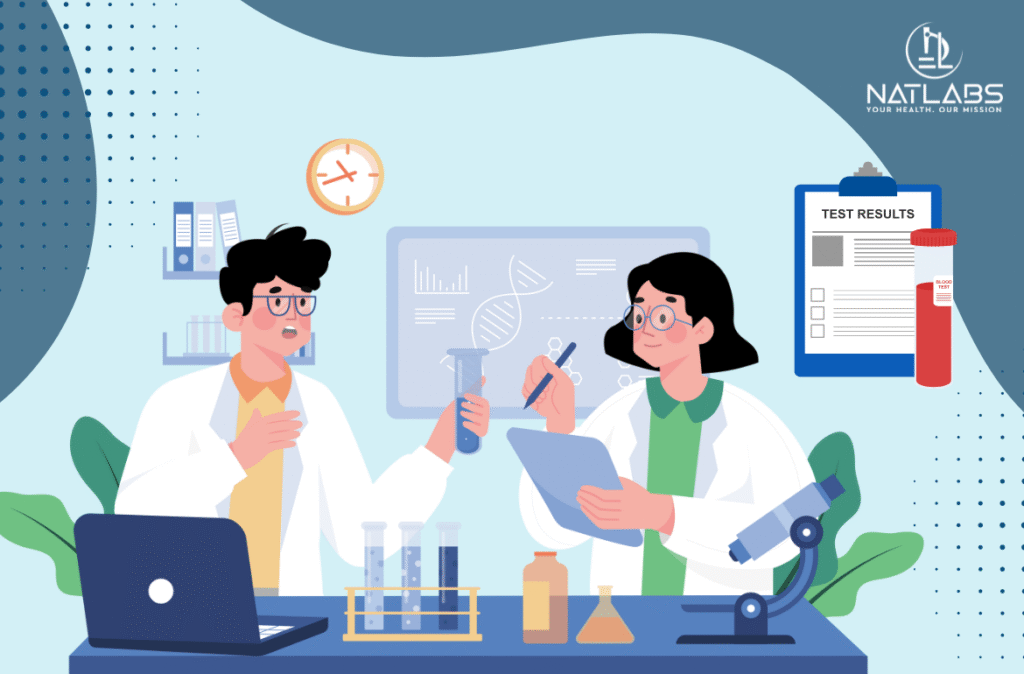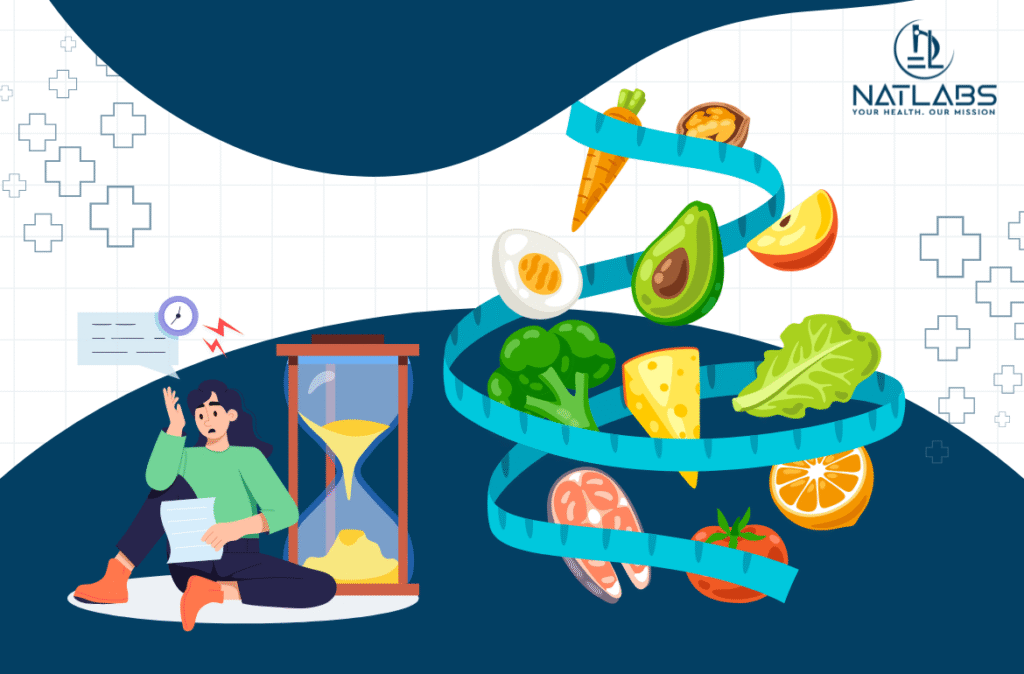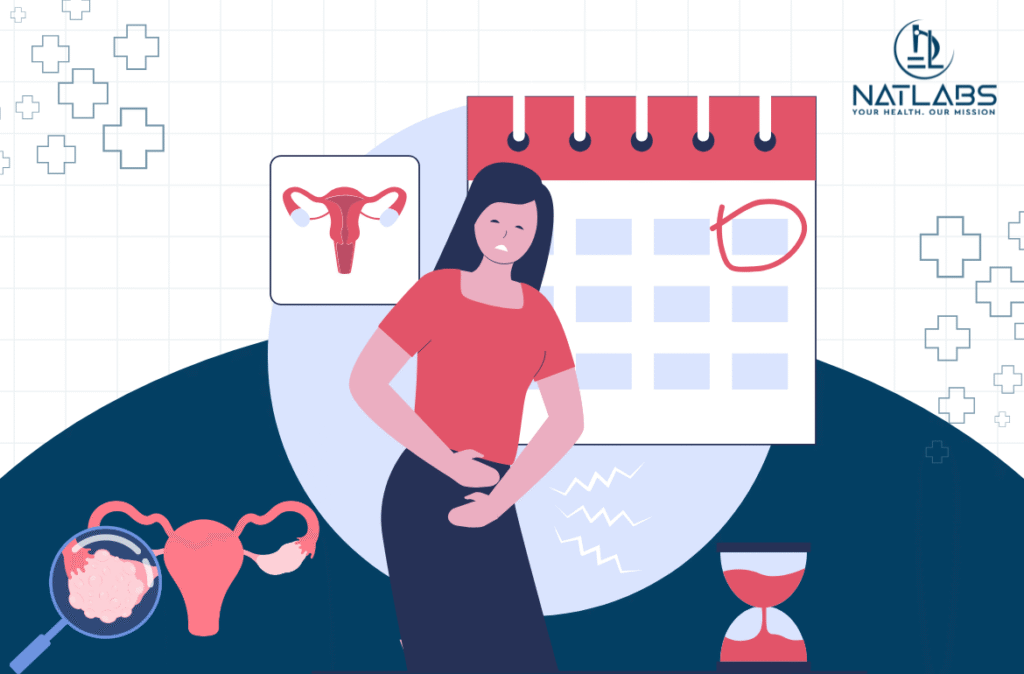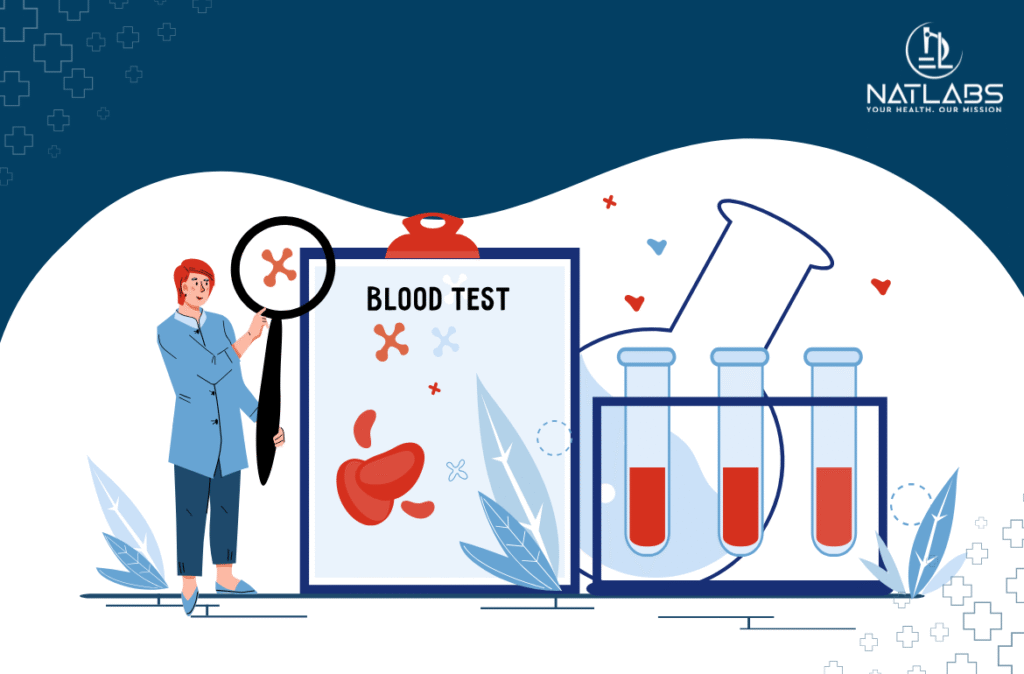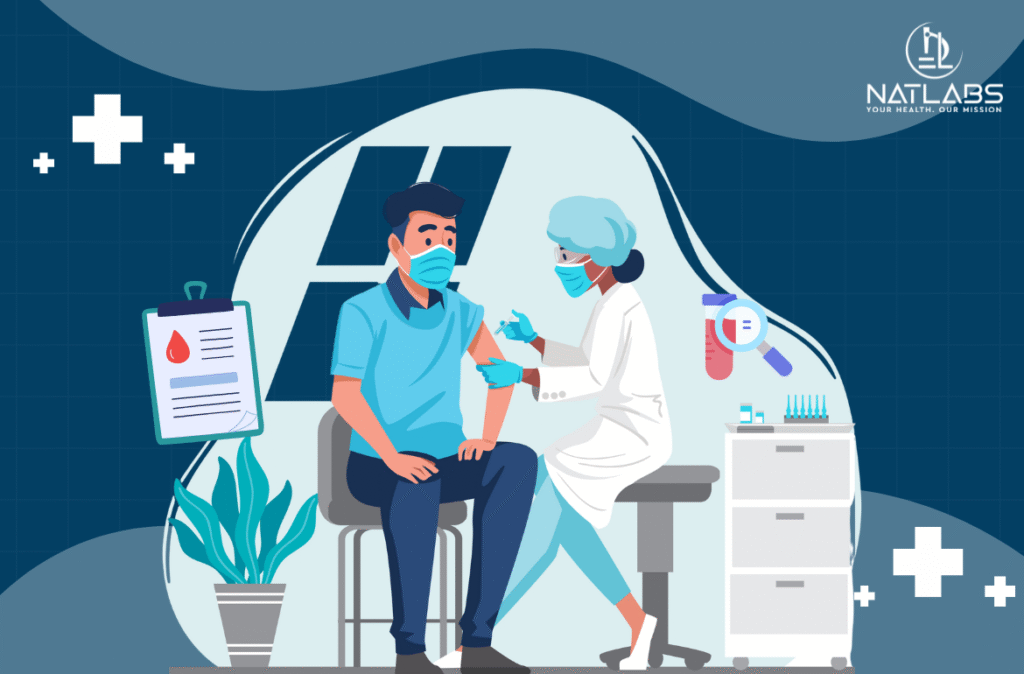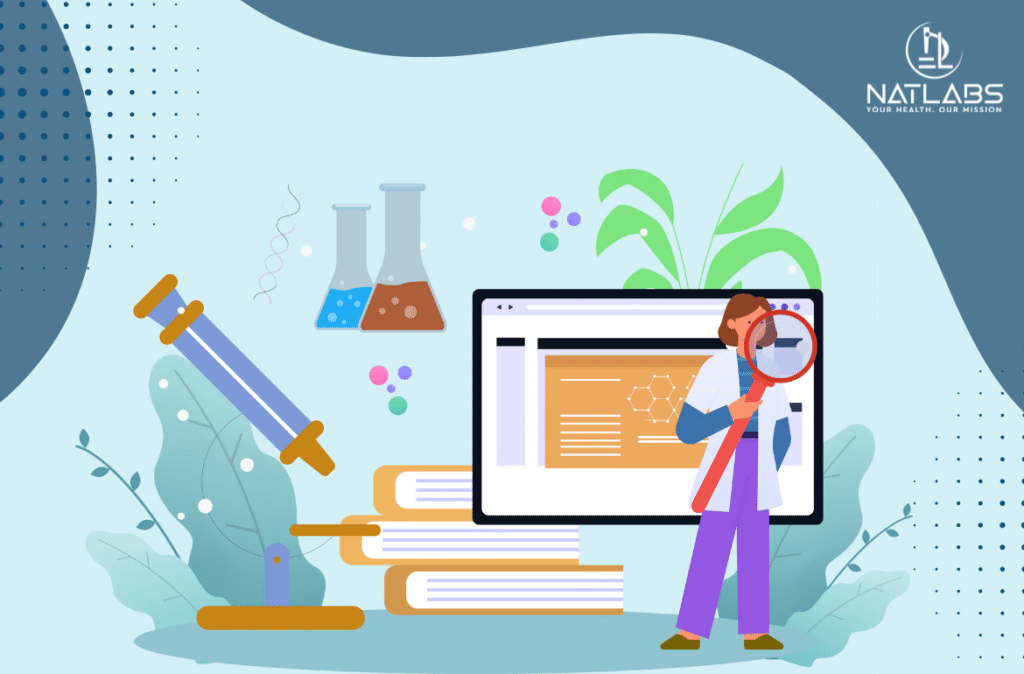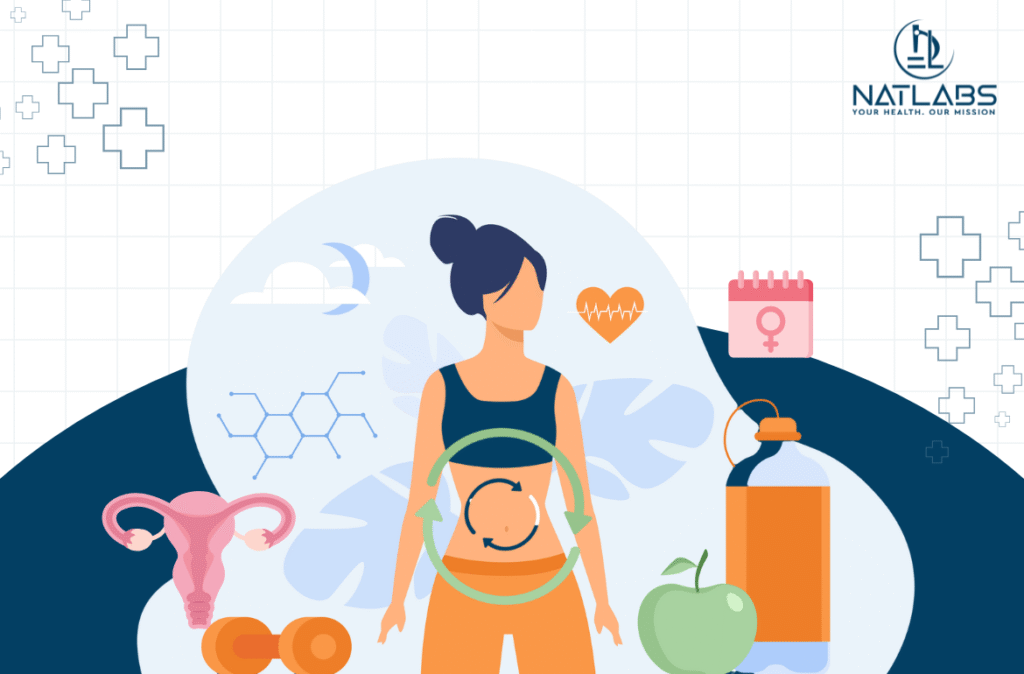What Your Lab Results Say About Your Fitness Routine
The morning joggers in Mumbai’s Marine Drive and the evening gym warriors in Delhi’s fitness centres share something beyond their dedication to exercise—they’re part of India’s growing fitness revolution. Whilst smartwatches diligently count steps and track calories, there’s a deeper story unfolding inside your body that only laboratory tests can reveal. For Indian fitness enthusiasts navigating diverse dietary patterns, varying climates, and unique genetic factors, understanding lab results provides insights that no fitness tracker can match. Beyond the Mirror: Why Lab Tests Matter for Fitness Regular exercise transforms your body in ways that extend far beyond visible muscle definition or weight changes. Every workout session triggers complex biochemical responses affecting your cardiovascular system, metabolism, hormone production, and cellular recovery processes. These internal changes, whilst invisible to the naked eye, determine your fitness progress, injury risk, and long-term health outcomes. For Indians pursuing fitness goals, laboratory monitoring becomes particularly valuable given our genetic predispositions to certain conditions, diverse dietary patterns, and environmental factors that influence exercise adaptation. What appears as a fitness plateau might actually reflect underlying nutritional deficiencies or hormonal imbalances that targeted intervention can address. Laboratory tests provide objective data that helps distinguish between normal exercise adaptations and concerning changes requiring attention. They enable personalised fitness approaches based on your body’s unique responses rather than generic training programmes. Essential Lab Markers for Indian Fitness Enthusiasts Complete Blood Count: Your Fitness Foundation A comprehensive blood count reveals how exercise affects your blood cells and overall health status. Endurance training, particularly popular among Indian runners and cyclists, can sometimes cause “sports anaemia,” where increased plasma volume dilutes red blood cell concentration without indicating true deficiency. Understanding these patterns helps differentiate between normal training adaptations and genuine health concerns requiring intervention. Iron and Energy Metabolism Iron deficiency represents one of the most common yet overlooked barriers to fitness progress among Indians. Vegetarian diets, whilst nutritionally rich, require careful planning to ensure adequate iron absorption. Intense exercise increases iron needs, making monitoring crucial for optimal performance. Ferritin testing provides deeper insights than standard haemoglobin measurements, revealing iron stores before deficiency affects performance. Low iron leads to persistent fatigue, reduced endurance, and slower recovery—symptoms often attributed to inadequate training rather than nutritional gaps. Vitamin Status: The Performance Enablers Vitamin D and B12 deficiencies significantly impact exercise capacity and recovery. Urban Indians face particular challenges with vitamin D despite abundant sunshine, due to indoor lifestyles and air pollution. Vegetarian fitness enthusiasts often struggle with B12 adequacy, affecting energy production and nerve function. These deficiencies manifest as muscle weakness, joint pain, poor concentration, and extended recovery periods—all barriers to consistent training progress. Electrolyte Balance: India’s Unique Challenge Training in India’s tropical climate creates significant electrolyte losses through perspiration. Sodium, potassium, magnesium, and calcium imbalances can cause muscle cramps, fatigue, headaches, and even dangerous heart rhythm disturbances. Many Indian fitness enthusiasts focus solely on water replacement whilst neglecting electrolyte replenishment, leading to imbalances that compromise performance and safety. Muscle and Recovery Indicators Creatine kinase (CK) and lactate dehydrogenase (LDH) levels reflect muscle breakdown and recovery status. Whilst some elevation following intense exercise is normal, persistently high levels may indicate overtraining, inadequate recovery, or increased injury risk. Understanding these patterns helps optimise training intensity and recovery periods, preventing the common mistake of equating constant soreness with effective training. Inflammatory Markers High-sensitivity C-reactive protein (Hs-CRP) measures systemic inflammation. Moderate exercise reduces inflammation and supports health, but excessive training can increase inflammatory markers, indicating inadequate recovery or overreaching. This becomes particularly relevant for Indian fitness enthusiasts who often combine intense training with high-stress professional lives, creating cumulative inflammatory burden. Hormonal Responses Exercise significantly impacts hormone production, affecting muscle growth, fat metabolism, and overall wellbeing. Testosterone, cortisol, and thyroid hormones all respond to training stress and recovery patterns. Chronic elevations in stress hormones or suppressed anabolic hormones may indicate training-life balance issues requiring adjustment. Interpreting Results in the Indian Context Laboratory values must be understood within India’s unique environmental and cultural context. Heat stress, dietary patterns, genetic factors, and pollution exposure all influence how exercise affects your biochemistry. For example, vitamin D deficiency might be more pronounced in urban areas with high pollution, whilst iron deficiency could be more common among vegetarian athletes. Understanding these patterns enables targeted interventions rather than generic supplementation approaches. Optimising Your Fitness Through Lab Insights Regular laboratory monitoring, ideally every 6-12 months for serious fitness enthusiasts, provides objective feedback about your training programme’s effectiveness and safety. These insights enable data-driven adjustments to training intensity, recovery protocols, and nutritional strategies. Combining laboratory data with performance metrics and subjective wellbeing assessments creates a comprehensive picture of your fitness journey. This integrated approach prevents common mistakes like training through fatigue or ignoring nutritional deficiencies that limit progress. Practical Application Laboratory testing proves most valuable when conducted during rest periods rather than immediately post-exercise to avoid misleading acute changes. Maintaining consistent testing conditions and timing enables meaningful trend analysis over time. Sharing results with qualified fitness professionals, nutritionists, or healthcare providers ensures proper interpretation and appropriate programme modifications. This collaborative approach maximises the benefits of both laboratory insights and practical training experience. The Smart Fitness Revolution Modern fitness extends beyond physical activity to encompass comprehensive health optimisation. Laboratory testing represents the bridge between subjective training experiences and objective physiological responses, enabling smarter, safer, and more effective fitness approaches. For Indian fitness enthusiasts seeking to maximise their training benefits whilst minimising health risks, regular laboratory monitoring provides invaluable insights that complement traditional fitness tracking methods.

